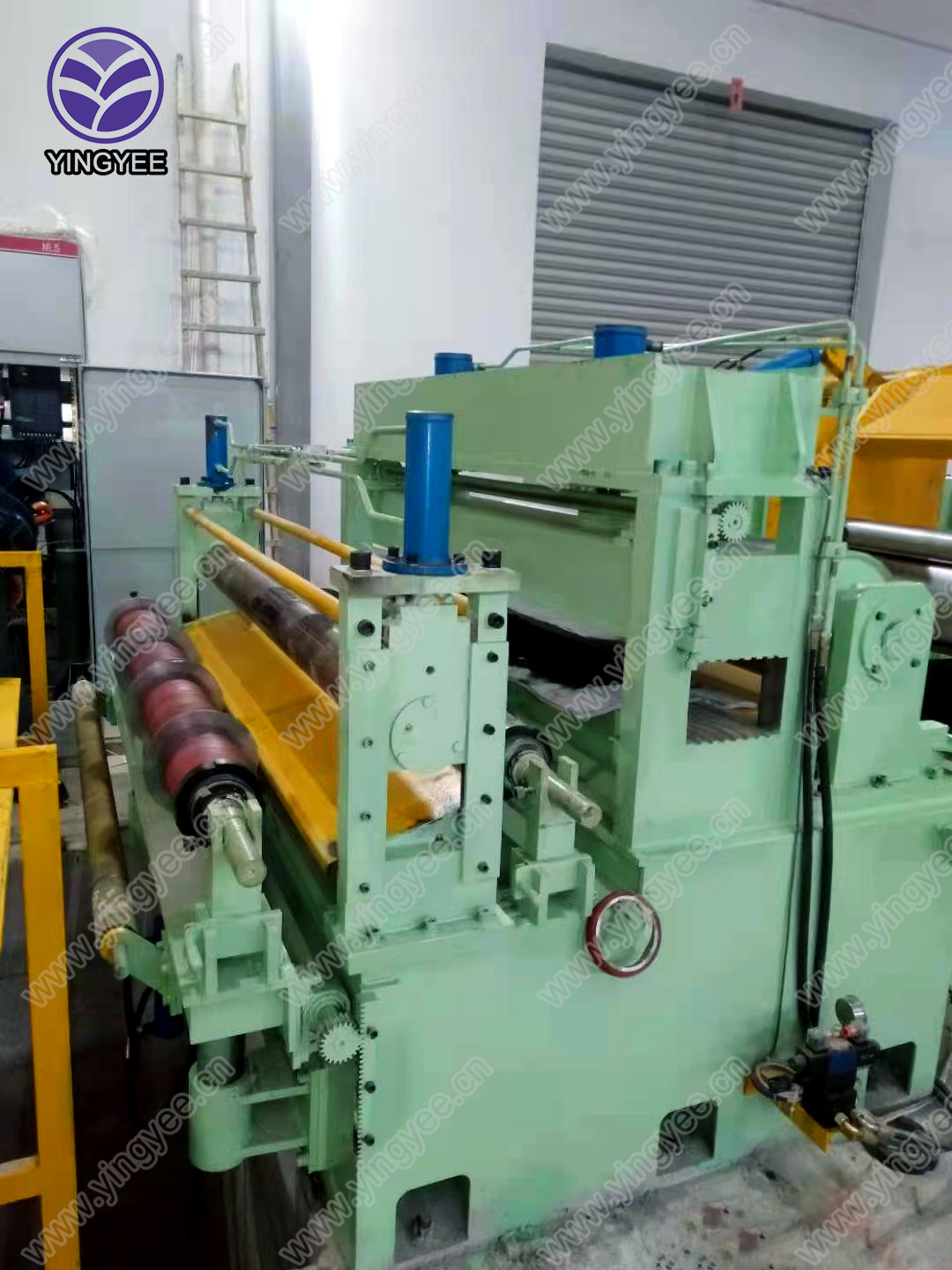
The Art and Science of Metal Curving
Metal curving is a fascinating technique that combines artistry with engineering, allowing metal to be shaped into smooth, flowing forms. This process is especially significant in various industries, including automotive, aerospace, and architecture, where both functional and aesthetic considerations come into play. Understanding metal curving requires a look at the methods, materials, and applications that define this craft.
At its core, metal curving involves bending and shaping metal into a desired form. This can be accomplished through several techniques, including rolling, bending, and stamping. Each method has its own set of advantages and is chosen based on the specific requirements of the project. For instance, rolling is commonly used for large sheets of metal, allowing for uniform curves, while stamping can produce intricate shapes in smaller pieces.
Materials play a crucial role in the metal curving process
. Common metals used include steel, aluminum, and copper, each chosen for their specific properties such as malleability, strength, and corrosion resistance. Steel, known for its durability, is often used in construction and automotive applications, while aluminum, being lightweight, is favored in aerospace. Copper, with its excellent conductivity, is often utilized in electrical applications. Understanding material behavior under stress is essential, as different metals react differently when subjected to bending and shaping.
The applications of metal curving are extensive. In architecture, curved metal elements can create visually stunning facades, roofs, and interior features. These design aspects not only enhance aesthetic appeal but also contribute to the structural integrity and energy efficiency of buildings. In the automotive industry, curved metal components are crucial in vehicle design, impacting aerodynamics and overall performance. Effective metal curving allows for seamless designs that can improve fuel efficiency and reduce drag.
In recent years, advancements in technology have transformed the field of metal curving. Computer Numerical Control (CNC) machines and 3D modeling software have streamlined the design and production processes. These technologies allow for precision in shaping metal, resulting in complex designs that were previously challenging or impossible to achieve. Moreover, automation has increased efficiency, enabling manufacturers to meet high demand more effectively.
Sustainability is also becoming an integral part of the metal curving process. Many industries are now focusing on using recycled metal and reducing waste throughout the production cycle. Innovative techniques and practices are being developed to minimize environmental impact while still meeting the design and functional requirements of projects.
In conclusion, metal curving is a multifaceted discipline that marries artistic vision with engineering prowess. It allows for the creation of functional components and aesthetically pleasing designs across various industries. As technology continues to evolve, and as sustainability practices gain traction, the future of metal curving promises to be even more dynamic and innovative. With its rich potential, metal curving will undoubtedly remain a vital component of modern manufacturing and design, shaping not only the physical world but also our understanding of what is possible in metalwork.